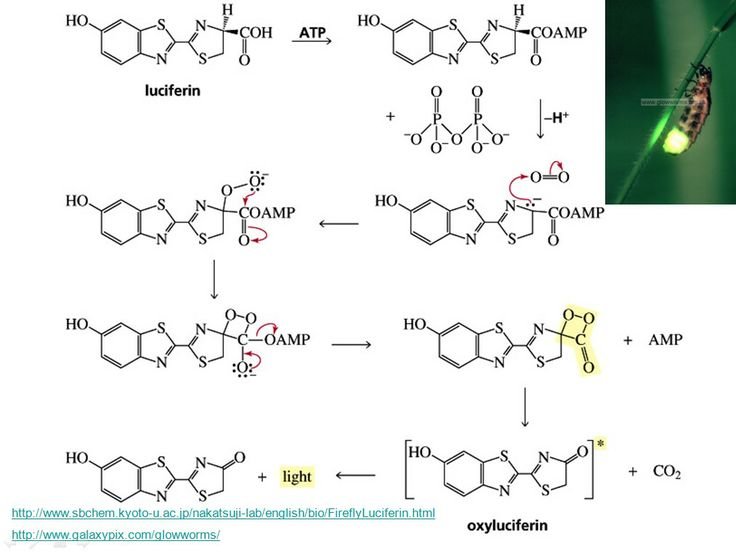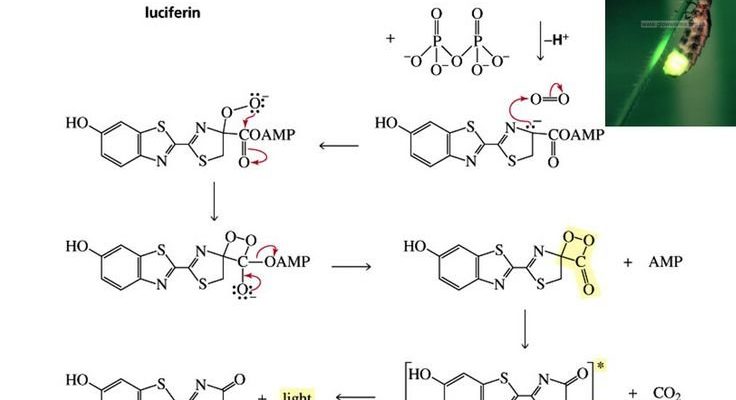
Imagine mixing a potion that gives off light without any batteries or electricity—sounds like magic, right? Well, it’s not magic, but it’s pretty close. This natural phenomenon happens thanks to special compounds within the glow worms’ bodies. Let’s take a closer look at the chemistry behind how these curious little critters shine, why it matters, and what we can learn from them.
What Are Glow Worms?
Glow worms are not actually worms, despite their name. They’re typically the larval stage of certain beetles, particularly from the family Lampyridae, which includes fireflies. They are mostly found in damp, dark environments like caves, forests, and wetlands. These areas provide the perfect conditions for glow worms to thrive and create their light.
So, why do they glow? That’s where the chemistry comes into play. The light produced by glow worms primarily helps them attract prey—usually unsuspecting insects—and deter predators. When you see that mesmerizing glow, think of it as an evolutionary trick. It’s a beacon, calling in dinner while warding off anyone looking for a snack.
The Science of Bioluminescence
Bioluminescence is the term we use to describe organisms that produce light biologically. It’s a powerful survival tool, showing up in various species, including certain fungi, fish, and of course, glow worms. But how does this light show up in glow worms specifically?
The secret lies in a compound called luciferin. This light-emitting molecule undergoes a reaction with oxygen, catalyzed by an enzyme known as luciferase. When luciferin oxidizes, it releases energy in the form of light. This process is a bit like the fizz of a soda can, where the energy released from the pressurized gas creates bubbles, but in this case, it’s light instead of carbonation.
How the Reaction Works
Let’s break it down a bit more. Here’s how the process occurs step by step:
1. Luciferin is activated: When oxygen enters the glow worm’s body, it encounters luciferin.
2. Enzyme reaction: The luciferase enzyme speeds up the reaction between luciferin and oxygen.
3. Light emission: The energy released from that reaction turns into light, glowing a lovely blue-green color.
This reaction is highly efficient, meaning that nearly all the energy converts into light rather than heat. That’s why you won’t find glow worms burning out like a candle.
Why Do Glow Worms Glow? A Look at Their Purpose
You might be wondering why glow worms have evolved this glowing ability. Well, it serves a couple of important functions, primarily related to survival.
First, the glow attracts prey. As the light flickers in the darkness, insects are drawn in, thinking they’ve found a safe place to rest. Once they get too close, they become ensnared in silk threads spun by the glow worm. It’s like a sparkling trap, brilliantly designed by nature.
Second, the light can help deter predators. For many creatures, bright, unnatural colors or lights signal toxicity or danger. By glowing, glow worms may discourage potential threats from munching on them. It’s a brilliant strategy in the wild.
Glow Worms and Ecosystem Health
The presence of glow worms can also indicate a healthy ecosystem. They thrive in clean, unpolluted environments. So, when you spot these glowing beauties, it’s a sign that the local habitat is thriving. They act as bioindicators, helping researchers gauge the health of an environment. Protecting their habitats means maintaining the biodiversity we all benefit from.
Examples of Glow Worms Around the World
Glow worms can be found in various parts of the world, each species showcasing its unique glow. Here are a few notable examples:
- New Zealand’s Arachnocampa luminosa: This famous species creates a stunning light display in caves, attracting tourists from all over the globe.
- North America’s Photinus pyralis: Commonly known as fireflies, they also exhibit bioluminescence, although slightly differently than glow worms.
- Australia’s Lampyroidea: These glow worms are known for their silk-making abilities, which can create mesmerizing scenes in their habitats.
Each species has its own strategies for using light, further demonstrating the incredible diversity of bioluminescence in nature.
Applications of Bioluminescence in the Real World
The chemistry of glow worms and bioluminescent organisms is sparking interest beyond nature. Scientists are investigating ways to harness this natural light for various applications.
One exciting area is in medical research. By understanding how luciferin and luciferase work, researchers are exploring the potential for glow-in-the-dark markers in medical imaging. This could allow for more precise diagnostics and treatments, making medical procedures safer and more efficient.
Moreover, bioluminescence might have applications in sustainable lighting. Imagine streets lit by organic, self-sustaining light sources, reducing our reliance on electricity. It’s a fascinating idea that brings together nature and technology.
Challenges and Conservation
While glow worms are captivating, they face threats from habitat destruction, pollution, and climate change. As we encroach on their natural habitats, it’s vital to find ways to protect these beautiful creatures. Conservation efforts are essential to ensure that future generations can experience the awe of glow worms lighting up the night sky.
Efforts to safeguard their environments can make a significant impact. Supporting conservation initiatives, participating in clean-up efforts, or even visiting eco-friendly sites can help preserve these wonderful organisms.
The chemistry of glow worm light production is not just a fascinating topic; it opens the door to understanding a wider range of natural phenomena and their implications. Whether attracting prey or warding off predators, their glowing light showcases the brilliance of evolution and adaptation in the natural world.
So, the next time you find yourself enchanted by those tiny flickering lights in the night, remember: it’s not just a pretty sight. It’s a spectacular example of chemistry at work, highlighting the wonders of nature. Just like a good coffee conversation with a friend, there’s always more to discover if you dig a little deeper.

